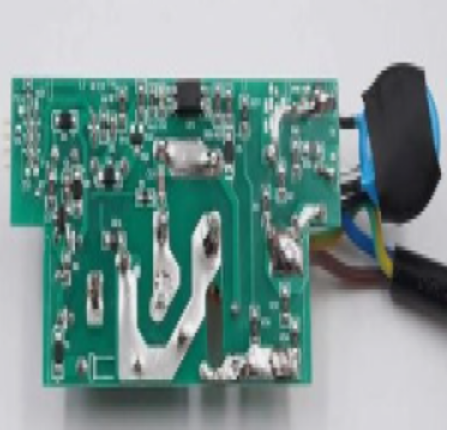Date:2025-07-03 Categories:Product knowledge Hits:359 From:Guangdong Youfeng Microelectronics Co., Ltd
The transistor driven relay circuit is a common and feasible circuit scheme. EPF81188AQC240-2 relay, as an electrical control component, is commonly used in control devices that convert low-power signals into high-power current carrying devices. As a semiconductor device, the transistor has characteristics such as current amplification and switch control, which can provide sufficient driving current to control the operation of relays.
The principle of a transistor driven relay circuit is to control the working state of the relay through the input current of the transistor. When the input current of the transistor is low, the transistor is in the off state, the conduction current is small, and the relay is in the off state; When the input current of the transistor is high, the transistor is in a saturated state, the conduction current increases, and the relay is in a closed state. By controlling the input current of the transistor, the switching control of the relay can be achieved.
The advantages of using transistor to drive relay circuits include:
1. Wide applicability: The transistor driven relay circuit can be applied to different types of relays, including low-power and high-power relays.
2. Strong driving capability: The transistor can provide sufficient current and voltage to control the relay, ensuring reliable switching operation.

Previous: Classification, Structure, and Principle of MOSFET